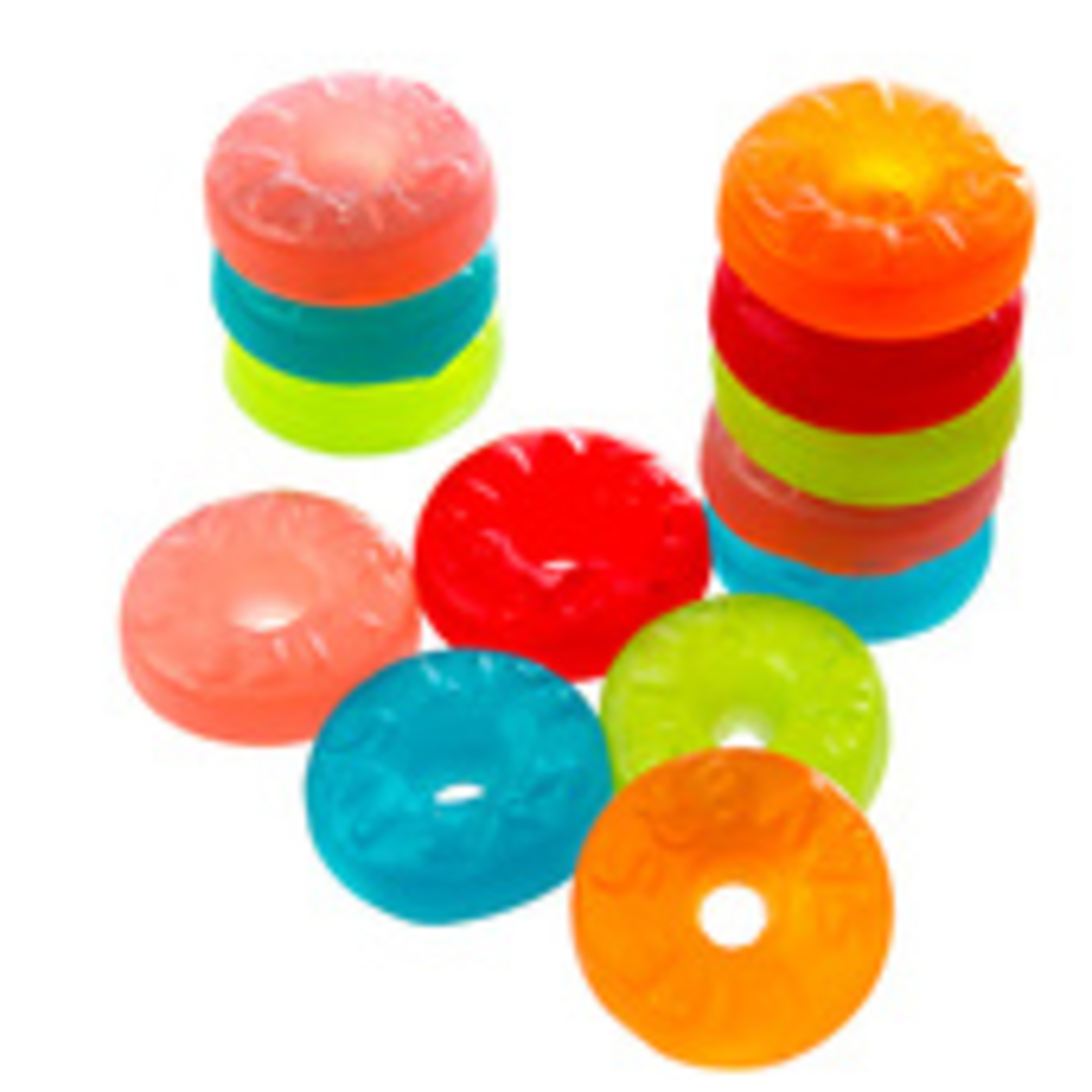Monochromatic life savers


Life savers come in a variety of colors...
But Ted decides to prove that they only come in one color,
To be more specific, he wants to prove that in any group of n lifesavers, they are all the same color.
So he offers the following inductive argument:
1) Consider n = 1 : Clearly one life saver will have the same color as itself.
2) Now assume that that the statement is true for n life savers and prove that it is true for n + 1 lifesavers.
3) Take a group S of n + 1 lifesavers, { L 1 , L 2 , … , L n , L n + 1 } .
4) Now { L 1 , L 2 , … , L n } is a subgroup A of n lifesavers, and thus by the induction hypothesis are all of the same color.
5) As { L 2 , L 3 , … , L n + 1 } is also a subgroup B of n lifesavers, again by the induction hypothesis these lifesavers are all of the same color.
6) Since subgroups A and B have at least one element in common, the color of the lifesavers in subgroup A must be the same as the color of the lifesavers in subgroup B , and thus the n + 1 lifesavers in group S are all of the same color.... voilà!
7) Since its:
- True for n = 1
- True for n + 1 if its true for n
then its true for all n !
Where does Ted's argument breakdown. i.e. Which step is flawed?
Image credit: http://www.candywarehouse.com
This section requires Javascript.
You are seeing this because something didn't load right. We suggest you, (a) try
refreshing the page, (b) enabling javascript if it is disabled on your browser and,
finally, (c)
loading the
non-javascript version of this page
. We're sorry about the hassle.
1 solution
Do steps 4 and 5 not violate the spirit of POI somehow? They seem to be the set-up for the punchline of step 6, so they are all in on the conspiracy. I was going to go with step 5 but I then chose not to answer, (my aversion to MC questions kicking in, I guess). I'll be curious to see what others have to say. Fun problem, regardless, and it definitely made me crave some Life Savers. :)
Log in to reply
Yeah, I see your point about 4 and 5... :0) Lemme think about if there is a better way to word the question...
Log in to reply
Your wording is probably fine, but just as a thought, one possible rewording is as follows:
1) and 2) stay as is.
3) Take a group S of n + 1 lifesavers, { L 1 , L 2 , . . . . . . , L n , L n + 1 } .
4) Now { L 1 , L 2 , . . . . . , L n } is a subgroup A of n lifesavers, and thus by the induction hypothesis are all of the same color.
5) As { L 2 , L 3 , . . . . , L n + 1 } is also a subgroup B of n lifesavers, again by the induction hypothesis these lifesavers are all of the same color.
6) Since subgroups A and B have at least one element in common, the color of the lifesavers in subgroup A must be the same as the color of the lifesavers in subgroup B , and thus the n + 1 lifesavers in group S are all of the same color .... Wallah!
7) stays as is.
I'm more comfortable with steps 4) and 5) now, and step 6) breaks down in the case of n = 1 , (even though it is legit for n ≥ 2 ), since in this one case A and B will not have an element in common. This then preserves the intent of your problem and the integrity of your solution.
Log in to reply
@Brian Charlesworth – Good idea... I've updated the problem accordingly... Thanks!
Step 6 doesn't work when you go from n = 1 to n = 2 life savers.